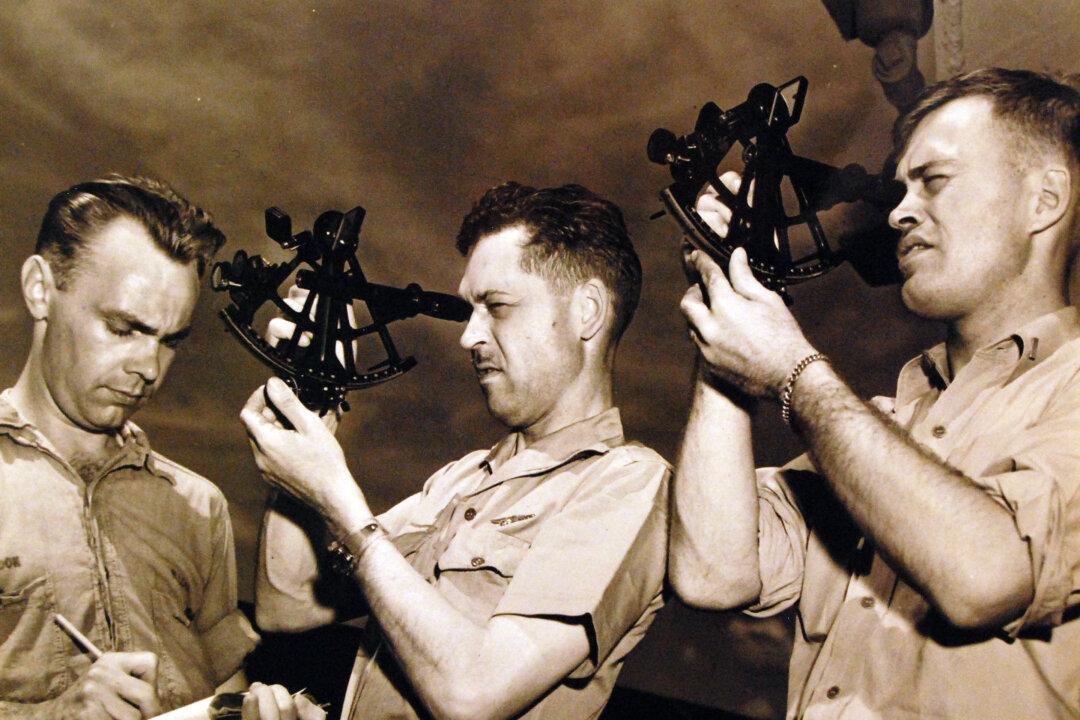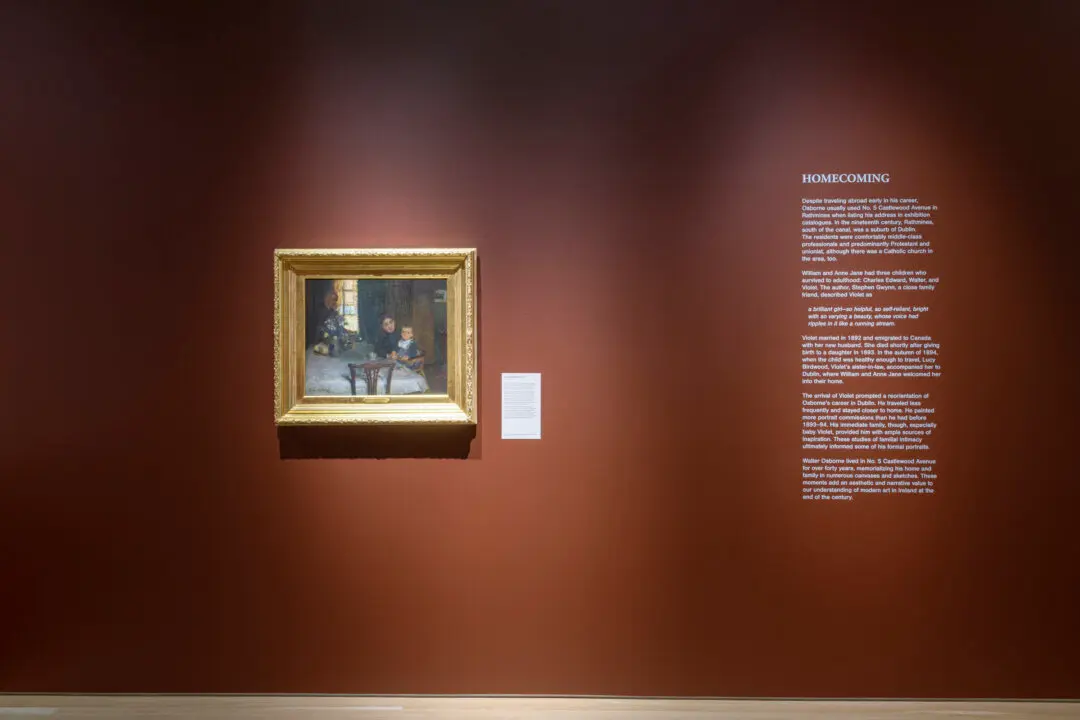In this series, edited for style and length, we interview people about their most precious possessions. While the objects around us may seem inanimate, our connection to them and our stories about them often bring them to life.
Here, David Roy Denton from Mount Airy, Maryland, shares his story:






